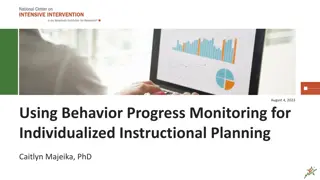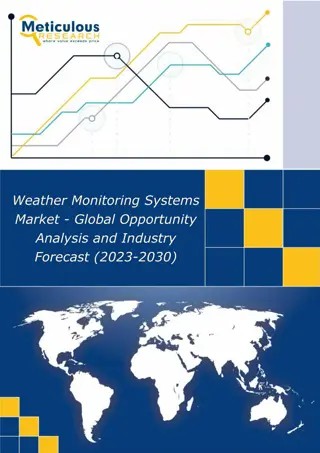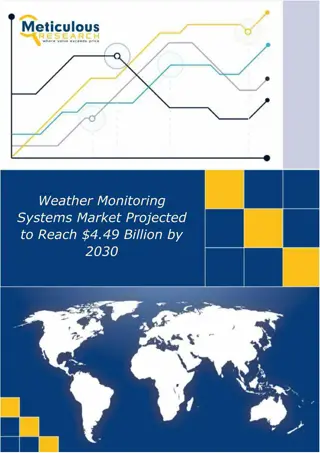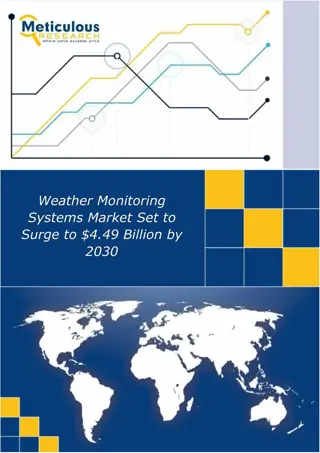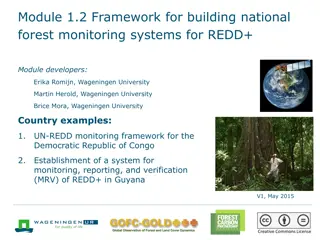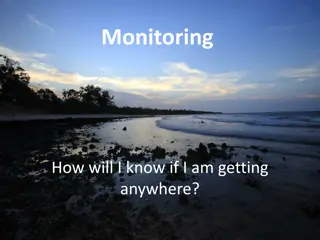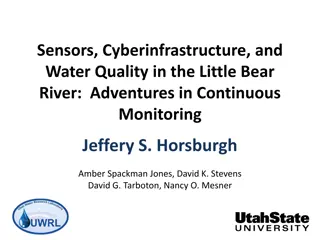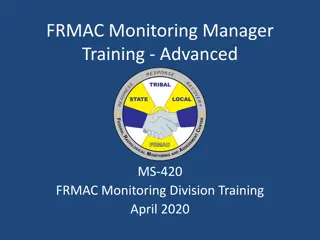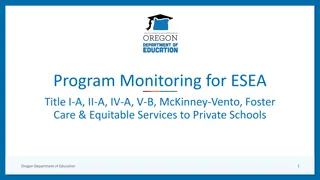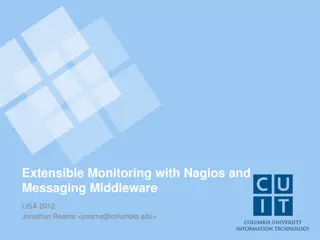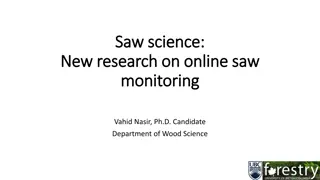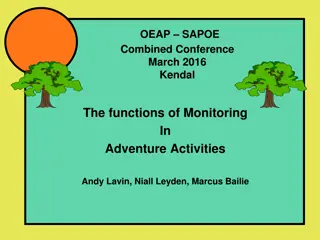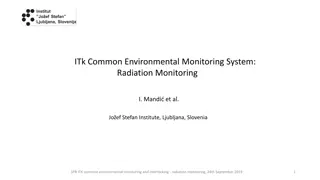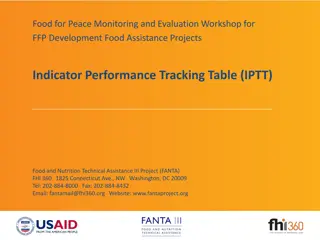
Ensuring Practical Endorsement: Monitoring Visit Guidelines for A-Level Geology Centers
Gain insights into the monitoring process for A-Level Geology centers to ensure the proper implementation of practical endorsement and assessment criteria. Understand the roles of lead teachers, special cases, monitors, and visit procedures.
Uploaded on | 2 Views
Download Presentation

Please find below an Image/Link to download the presentation.
The content on the website is provided AS IS for your information and personal use only. It may not be sold, licensed, or shared on other websites without obtaining consent from the author. If you encounter any issues during the download, it is possible that the publisher has removed the file from their server.
You are allowed to download the files provided on this website for personal or commercial use, subject to the condition that they are used lawfully. All files are the property of their respective owners.
The content on the website is provided AS IS for your information and personal use only. It may not be sold, licensed, or shared on other websites without obtaining consent from the author.
E N D
Presentation Transcript
The Monitoring Visit Presentation 1
The purpose The purpose of the visit is to ensure that centres are: implementing practical endorsement appropriately applying the assessment criteria (CPAC) correctly The monitoring process is not intended to: moderate or adjust the results of individual candidates
How visits are planned Each centre teaching A level Geology will be visited during the period January 2018 to March 2019 i.e. learners could be seen in either the first or second year of their A level course Will follow the same procedures as for the A level Sciences Intention to enter all Eduqas A level Geology centres need to contact matthew.roberts@eduqas.co.uk by Friday 20th October 2017
Lead teacher Eduqas does not have to be notified who the lead teacher is. The lead teacher must complete practical endorsement training by Eduqas. The lead teacher must ensure that all of their department are fully aware of the requirements of the practical endorsement. Standardisation of the endorsement must occur in the department.
Special cases Re-sit candidates (in the future) if the candidate has passed the endorsement they will be allowed to carry the result forward Private candidates need to ensure that they register with a centre that has passed the endorsement (it is a compulsory requirement of the qualification)
Monitors Monitors: are subject specialists represent the AO they have been appointed for
Notice of visit The exam board is expected to give centres at least 2 weeks notice of monitoring visits. Where possible, account of centres timetables will be taken, but it may be necessary for centres to make arrangements to allow the monitor to observe a practical lesson.
Before the visit The monitor will: communicate expectations with the centre explain the process and evidence required clarify the staff and students who will be observed or spoken to make arrangements for the day
Material for day of visit Centres should ensure that the following is available: evidence (see later) lists of people who the monitor will meet timetable for the day including opportunity to observe a practical class and meet with learners Note the practical class does not need to be that of the lead teacher
Evidence that needs to be available: 1. documented plans to carry out sufficient practical activities 2. a record of each practical activity undertaken and the date when this was completed 3. a record of the criteria being assessed in that practical activity 4. a record of student attendance 5. a record of which student met the criteria and which did not; 6. student work showing evidence required for the particular task with date 7. any associated materials provided for the practical activity eg written instructions given
The day of the visit The monitor will: meet the Lead teacher observe a lesson including a practical activity discuss the teacher s CPAC assessment of the students meet students and discuss the practical work that students have been doing view the work of students from lesson view teachers records of assessment of practical work.
Part of a consortium If a centre undertakes: practical endorsement at another site, the visit will still have to be arranged to see a practical activity taking place at that site practical work alongside another centre which is being monitored in its own right it must have its work included in the sample of learners work
Feedback The monitor will not give a formal judgement during the visit. Feedback will be received by the centre following review by the exam board s lead monitor within two weeks of the visit.
The report The monitor will: compile a written record of the visit (a standard form) send a copy of the report to the lead monitor Eduqas will send a copy of the report to the headteacher of the centre.
The report The report : will state whether or not the monitor agrees with the application of the CPAC will give guidance if the monitor does not agree with the application of the CPAC may give guidance if the monitor does agree with the application of the CPAC Link to report template
Note Practical Endorsement Safety The safety of students is the responsibility of the teacher. In particular, monitors should not be left alone with classes, especially where practical work is taking place. Poor teaching The monitor is not monitoring the quality of teaching. Working with students Monitors must be accompanied at all times whilst in centres and working with students.
Practical Endorsement general comments from visits
Key statistics Over 90% of centres visited by Eduqas passed the first time (outcome was similar for all AOs) Centres that failed the 1st visit were given support and visited for a 2nd time in the same subject All centres that failed the 1st time with Eduqas passed the 2nd time
Key findings Very positive Excellent practice being seen Evident more practical work is being completed Lots of extra equipment being used Change of emphasis in practical work from needing to get the right answer to the right answer is the one your data presents
Key features seen in centres who had successfully implemented the endorsement Clear planning of practical work and the CPAC statements to be assessed in each practical. Candidates were well informed about the practical endorsement and the meaning of CPAC statements. Don t leave them in the dark about CPAC; they need to understand it! Practical portfolios were used in real time and at the bench by candidates when completing an observed practical. (Data should be recorded directly to their portfolios. Practical portfolios are therefore not expected to be in immaculate condition.)
Key features continued The teacher targeted appropriate assessment of CPAC in the practical lesson monitored. Do not be over ambitious in your assessment. Suitable feedback was given to candidates particularly about why they may have failed to achieve a CPAC statement and what they need to do next time to evidence it. There was use of peer assessment and self- assessment to reflect on practical work. There is evidence of good communication between staff teaching the same qualification in a centre.

